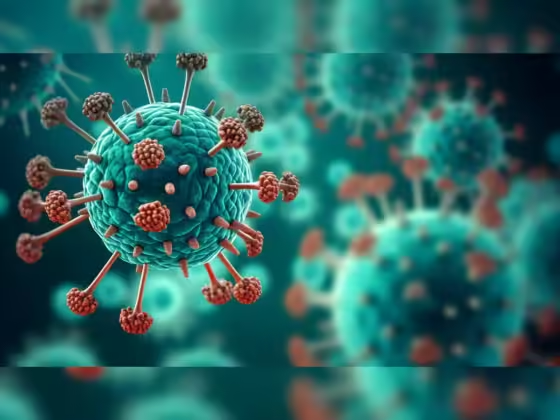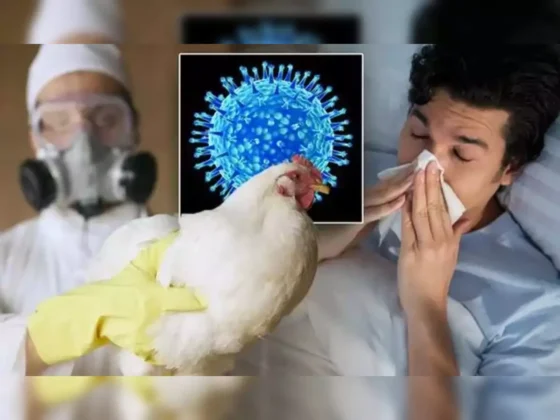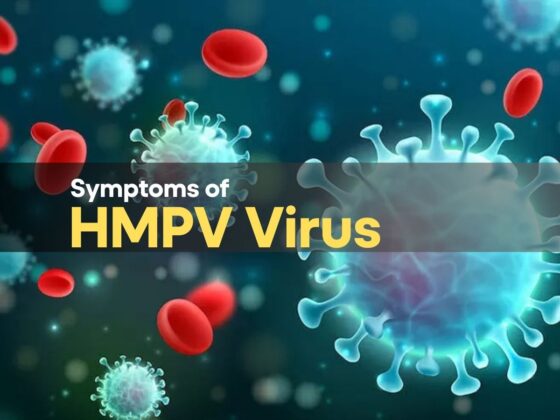With India short of 6 lakh doctors and 20 lakh nurses, faulty antibiotic prescription may result in public health threats in the form of superbugs
The shortage of formally trained medical professionals is not only degrading the quality of medical care provided in India but might also be linked to the rise of superbugs affecting patients. Untrained healthcare providers end up dolling out prescriptions of antibiotics often not needed by the patients, thus driving antimicrobial resistance themselves.
Unnecessary dosage of antibiotics leads the bacteria to adapt to the drugs that are designed to kill them and mutate to ensure their survival, making them completely resistant to cure.
India’s War on Antimicrobial Resistance –
In line with the Global Action Plan on AMR rolled out by the WHO in 2015, India submitted its own National Action Plan in April 2017. There are six key areas that the National Action Plan has identified as being strategic priorities for the Indian Public Health Authorities to take action on. These include:
1. Improved awareness of antimicrobial resistance through effective communication
2. Strengthening knowledge and evidence through surveillance.
3. Reducing the incidence of infection through effective infection prevention and control
4. Optimizing the use of antimicrobial agents in health, animals and food.
5. Promoting investments for antimicrobial resistance activities, research and innovations, and
6. Strengthening India’s commitment and collaborations on antimicrobial resistance at international, national and sub-national levels.
Significantly, the Indian National Action Plan pays considerable attention to the issue of antibiotic use in the animal farming, agriculture and aquaculture sectors. It also promotes the “One Health” perspective of integrating human and animal health sectors and calls for more research and better surveillance systems to tackle antimicrobial resistance.
Among the key stakeholders identified are government ministries, state-run research institutions, health agencies and civil society groups who need to be mobilized for implementing the action plan.
Yet there is a shortage of health workers
In a research published by the Center for Disease Dynamics, Economics and Policy (CDDEP) – India currently has an acute shortage of healthcare and medical professionals. The deficit currently stands at a whopping 6 lakh doctors and 20 lakh nurses. According to the study:
• There is only one government doctor for every 10,189 people in the country, while the WHO recommends a ratio of 1:1000
• The ratio of nurses to patients is 1:483
• 5.7 crore people are driven to poverty each ear in India, health expenditure being one of the major factors. 65% of health expenditure is done out-of-pocket
• Only 58% of doctors in India’s urban areas have a medical degree. In rural area the figure is mere 19%
• Over 70% of the primary care in India is being provided by people with no formal training.

Impact on the health care system:
The shortage of trained doctors has led to a proliferation of unqualified individuals claiming to be doctors and in most cases the patients have to rely on the informal healthcare providers for treatment. Such cases are especially high in the rural India.
These informal healthcare providers are usually trained in alternative treatment and local remedies but advertise themselves as qualified medical professionals to patients desperately seeking help. This further reduces the quality of treatment received, preventing patients from accessing vital and life-saving drugs, leading to high rates of preventable deaths.








